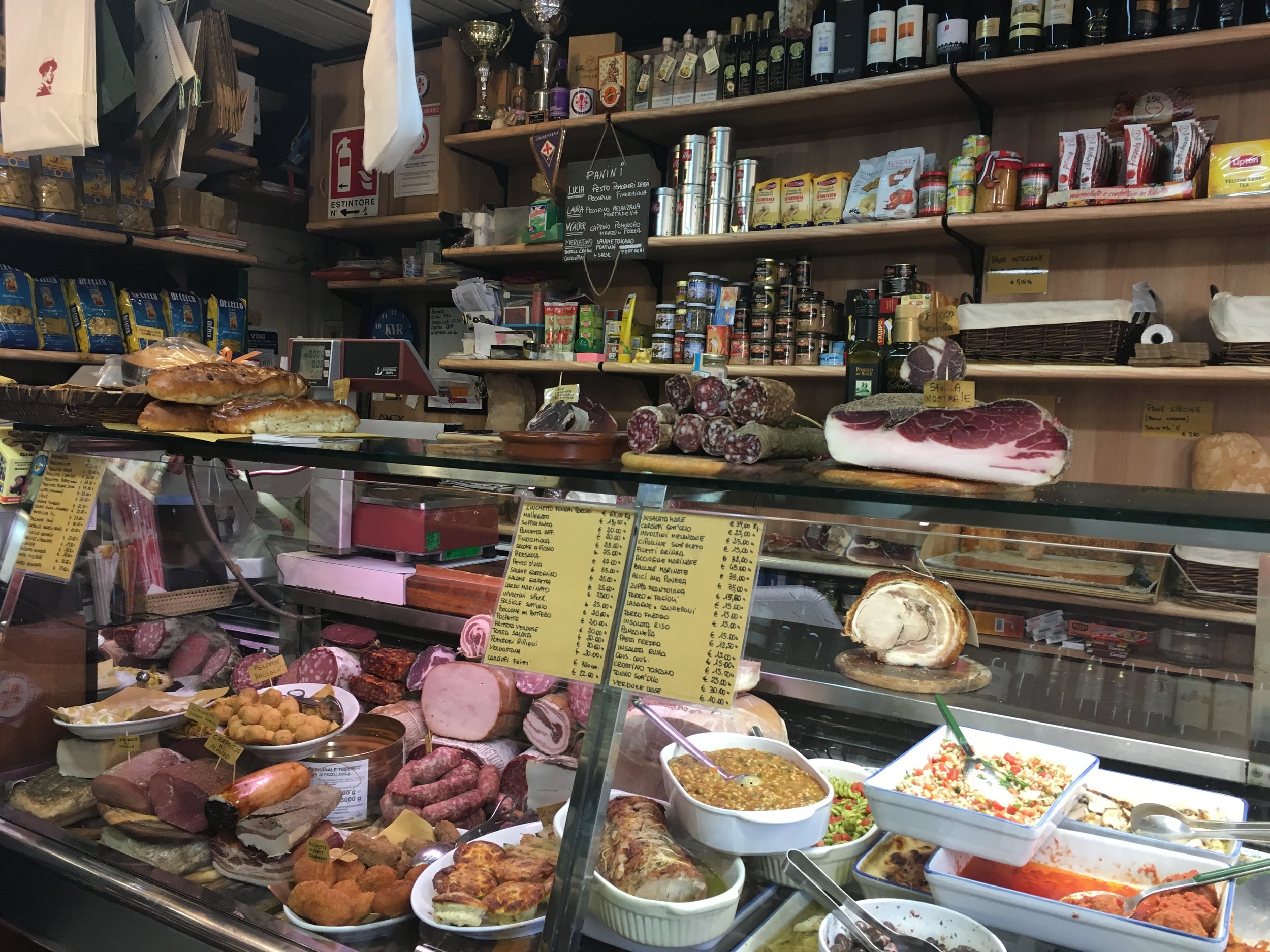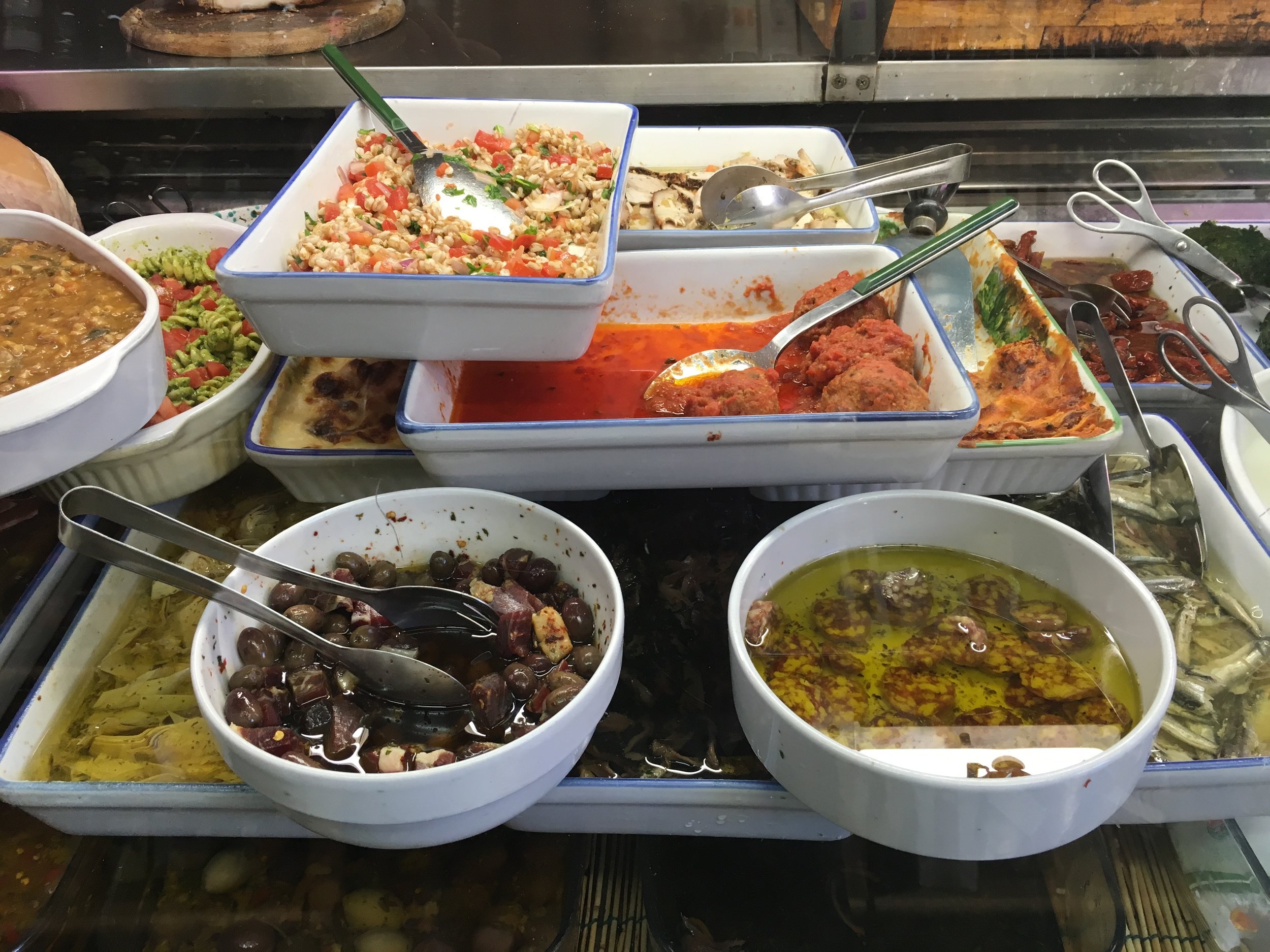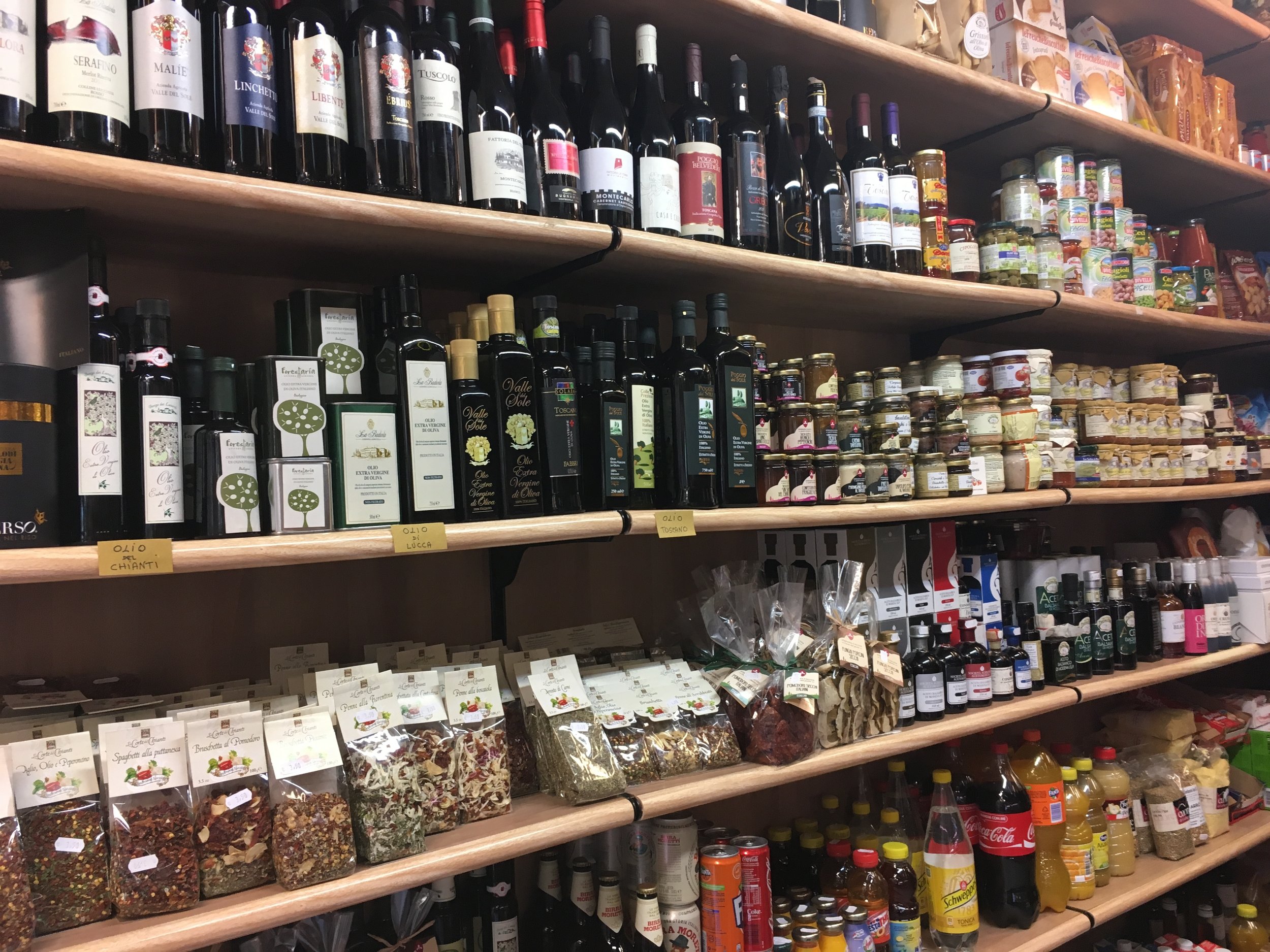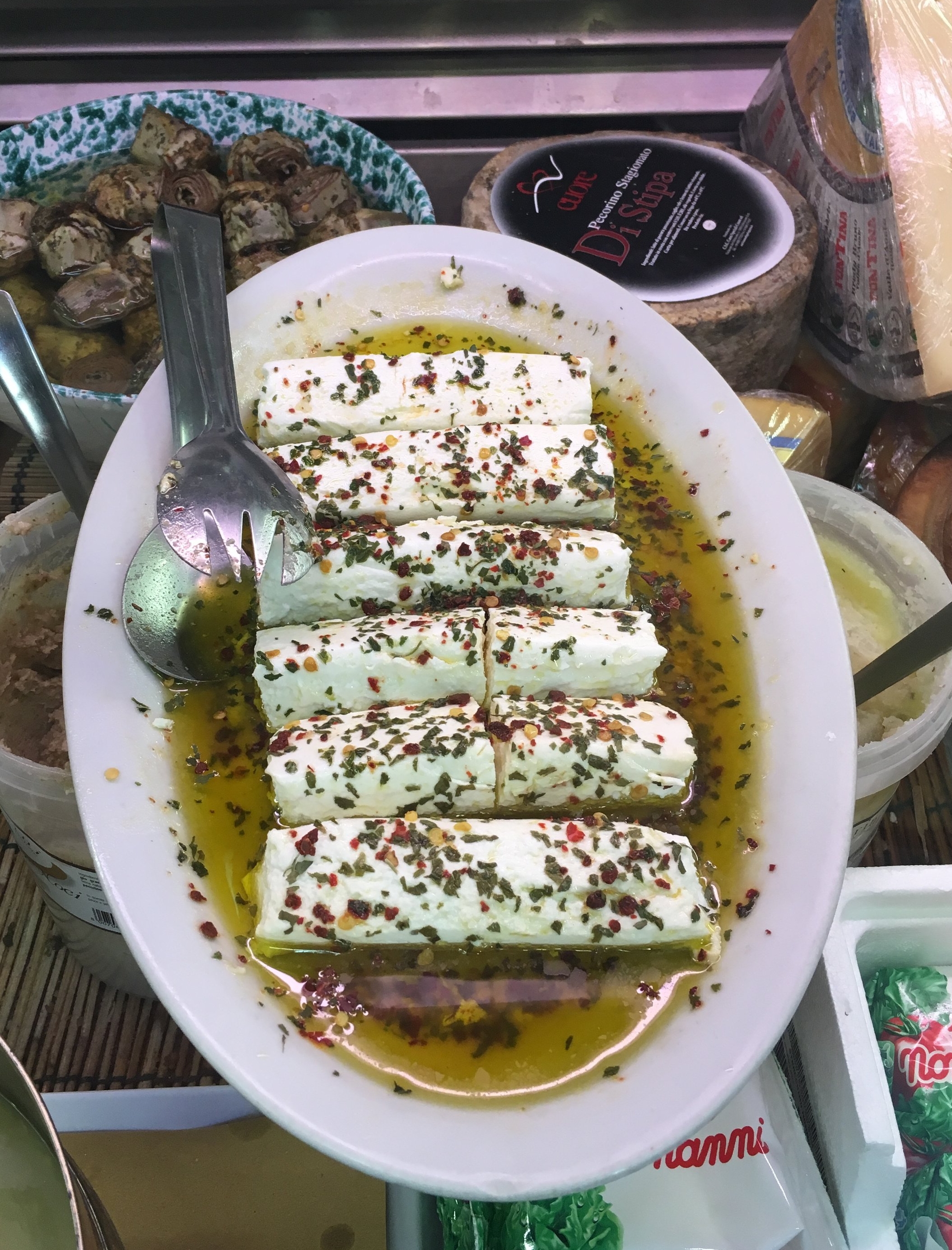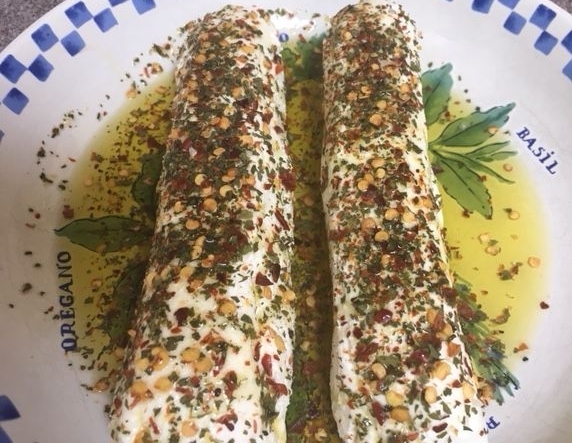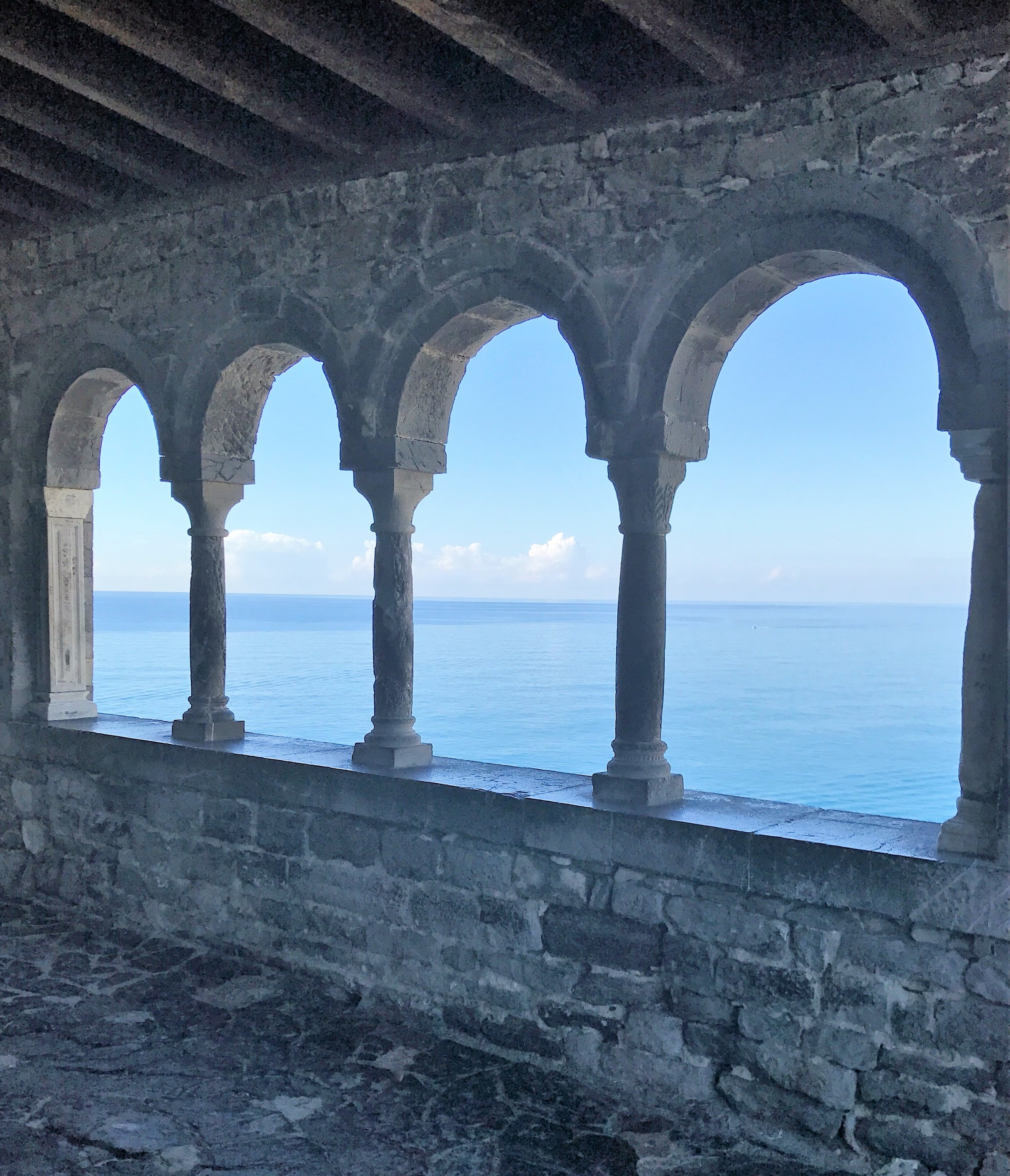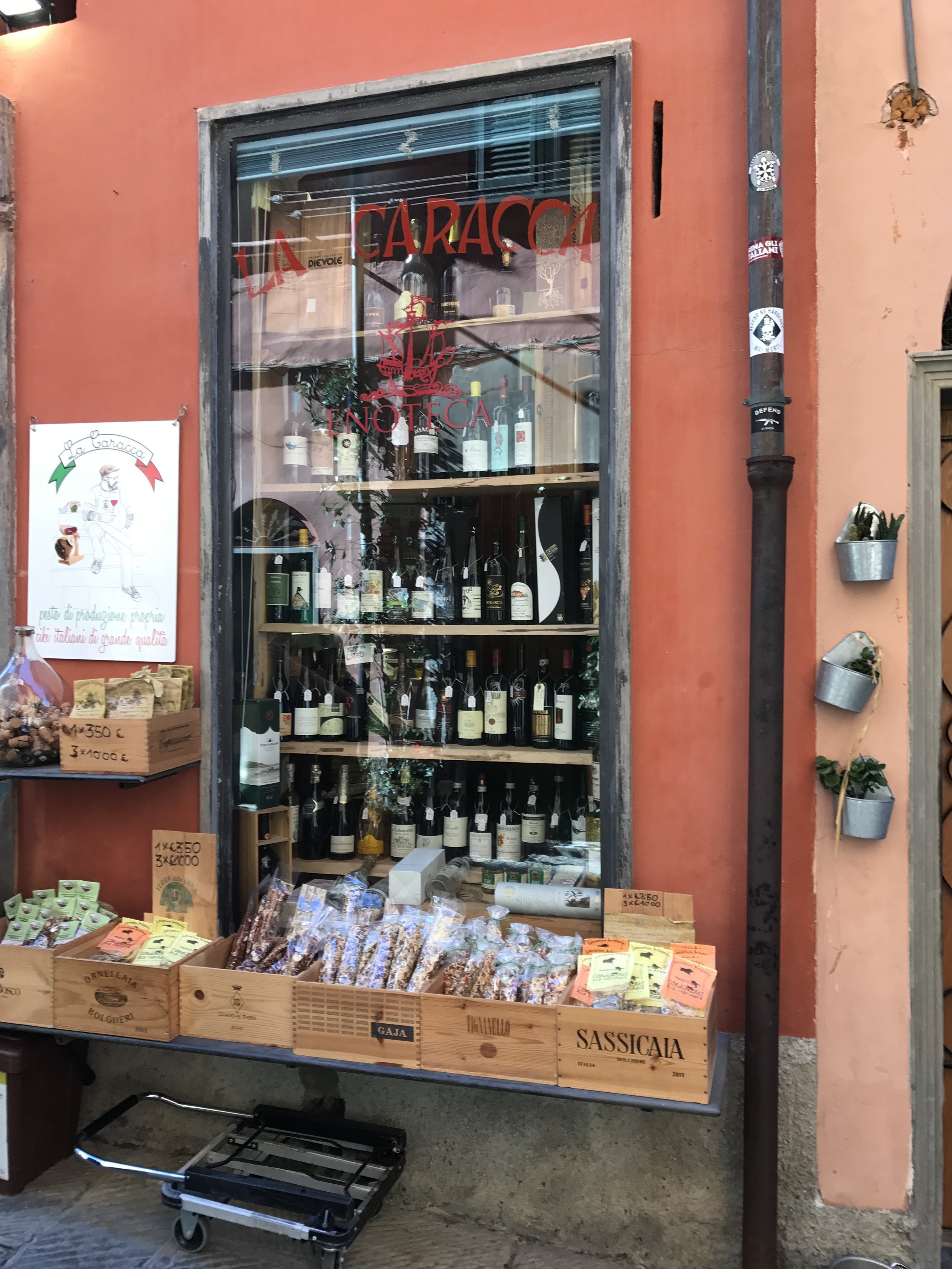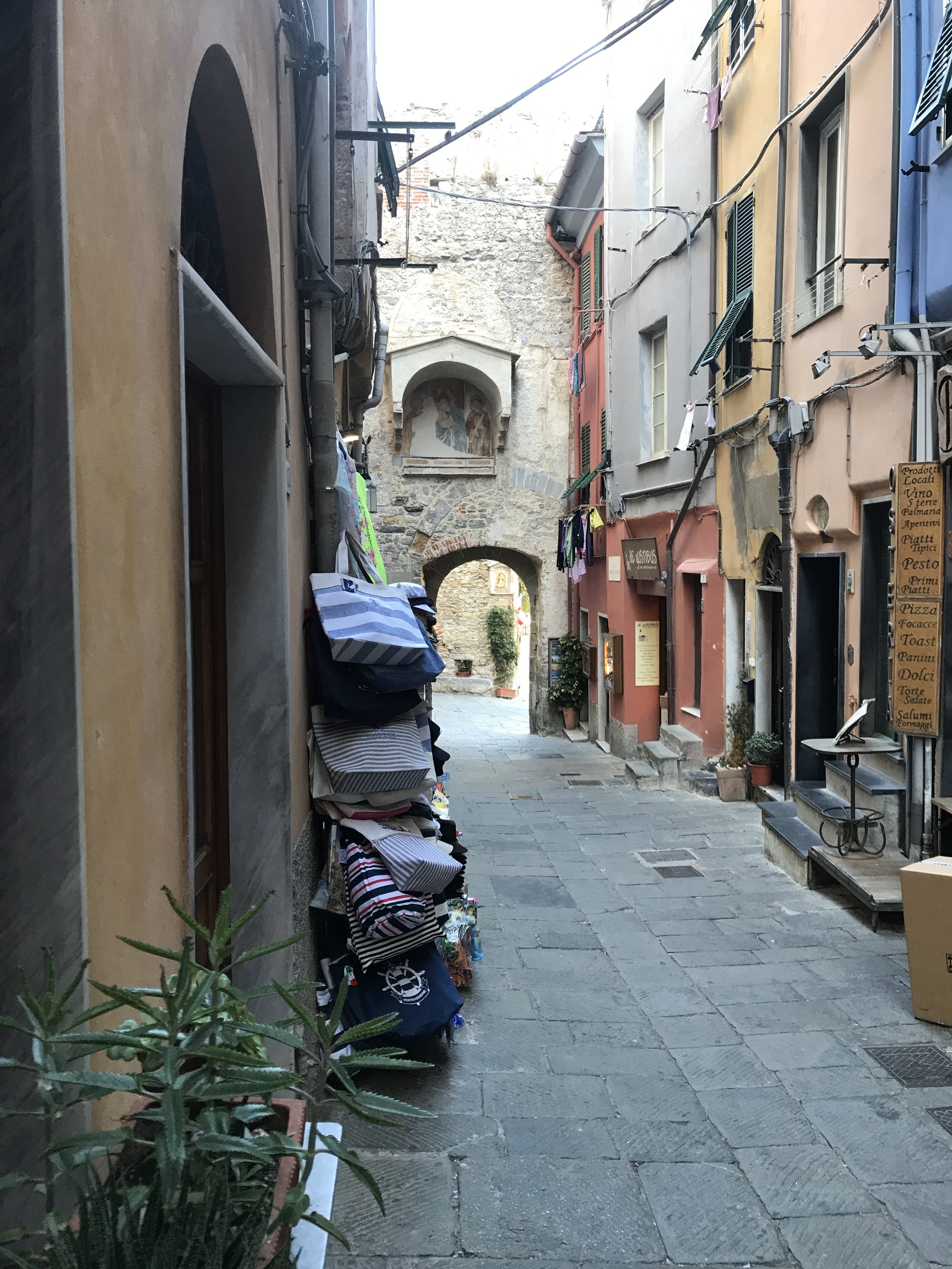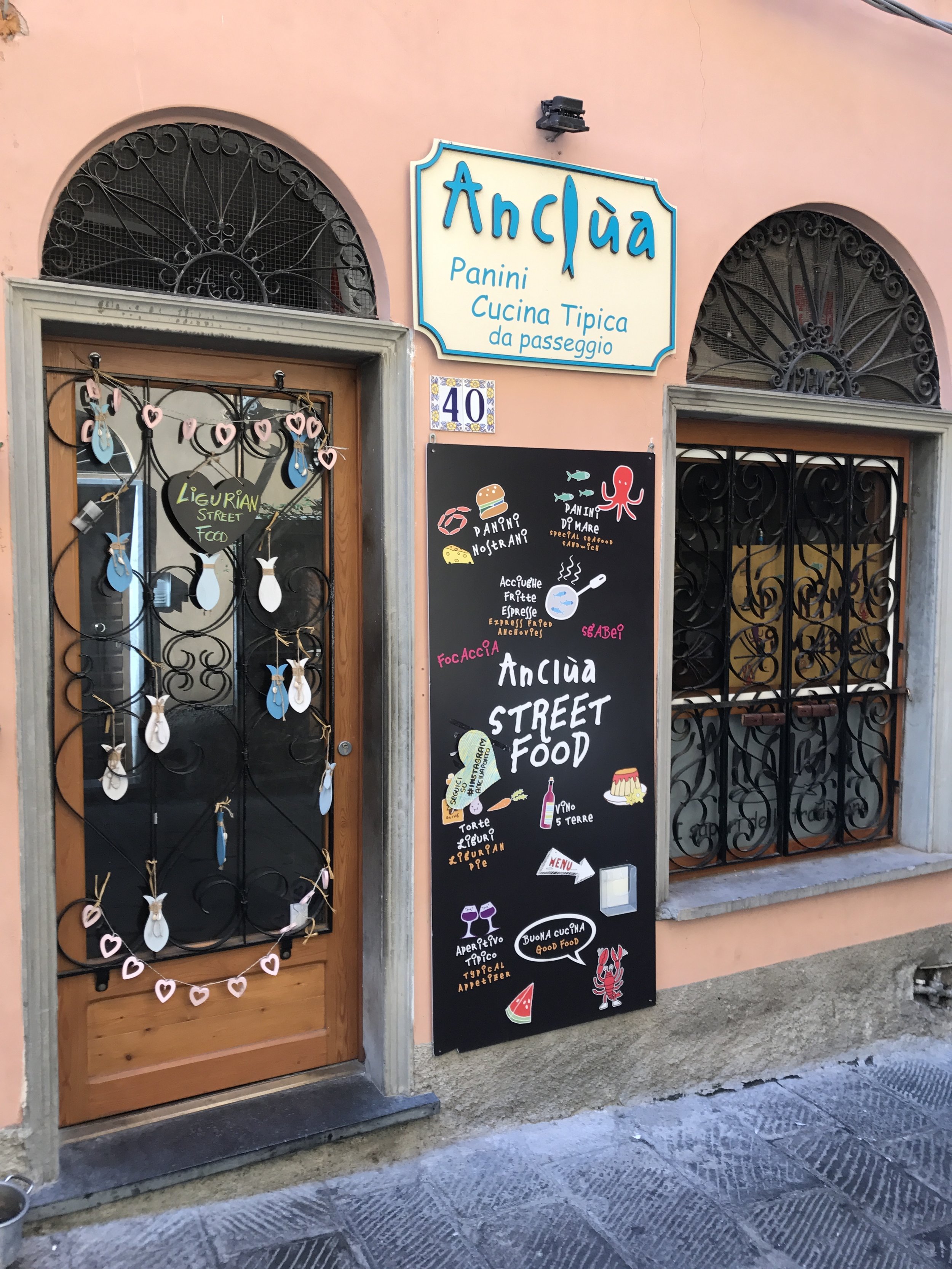Parla Italiano?
Spending time in Lucca encourages me to speak Italian.
Parla Italiano? Do you speak Italian? I always hem and haw when asked that question. I often answer with, “Well, I do speak some, but not very well; I’m nowhere near fluent, I forget more words than I remember, I’m at a very beginning level." Always with the excuses!
I often think of a conversation I overheard once in the small town of Barga. A visitor said to a Scottish woman who was living year-round in Italy, “So you must speak fluent Italian now." Her answer was something like this: “Oh dear no, I STUDY Italian, I don’t speak it." I can relate.
And yet, I do speak Italian, even if imperfectly and nowhere near fluently. I’ve made progress during the past few years of study; my comprehension has grown and my accent has improved. I am able to negotiate daily life – grocery shopping, purchasing train tickets, making reservations, etc. I’ve come a long way from the first time I walked into my favorite panificio (bread bakery) in Lucca to buy some focaccia and totally froze – prompting the man behind the counter to gesture grandly and slowly say, “Vorrei” (I would like) … just to get me started. These days I have no trouble buying my focaccia, explaining in Italian that I want the morbida (soft) type rather than the rustica (thinner and crispier). Progress! All my growth is thanks to spending more time in Italy and studying at Lucca Italian School (though my errors and limitations are not the school's fault – they remain all my own).
Giacomo Puccini - I practice my Italian on him and he listens most patiently.
But I am still a hesitant speaker when outside my comfort zone of the vocabulary of everyday life. I find this is a common frustration for those of us trying to learn a new language. So what’s our problem? In large part it’s fear of making mistakes (and sounding foolish). It's also that the process of mentally translating from our native language into Italian makes us slow (and we might sound foolish), and that we forget words, even ones we just learned yesterday, and that makes us feel … foolish. Do you see a common theme here? Probably the biggest lesson I’ve learned is to stop worrying about sounding foolish and just get on with it – start speaking! Yes, there will be mistakes, and I’ll need to throw in an English word now and again when I can’t think of the Italian one, and I often have to find a round-about way to describe something using the words I know to compensate for the ones I don’t. But, the majority of the time I can make myself understood. Plus, when I talk, I often catch my own mistakes and learn from that too.
Perhaps most important, the Italians I’ve met appreciate attempts to speak their language. When I explain that I am in Lucca to study Italian (sono qui per studiare la linqua), they are incredibly patient and every interaction in a shop, restaurant, bar or bookstore turns into a mini language lesson for me. As a bonus, I sometimes find myself giving directions, in Italian, to Italian tourists visiting Lucca. That makes my day!
I've tried several ways to keep up on speaking Italian when not in Italy. I’ve taken classes at home and participated in conversation groups. Both are helpful but sometimes a challenge to schedule. I study grammar and vocabulary on my own – each helps my comprehension, but neither encourages me to speak. I go to Italian movies and listen to Italian radio.
I’ve recently started trying some new things in an attempt to increase my comfort with speaking. First, I’m reading aloud. I realized that one reason I am timido ( timid) when I need to speak in Italian is that I am not used to hearing my own voice in Italian, which makes me overly attentive to every syllable. To get past this, I’m searching out articles and books in Italian and reading them a voce alto (out loud). This helps with the rhythm and flow of speech (and pronunciations) but mostly I hope it will make me stop getting caught up in worrying about how I sound.
For reading aloud, I like the monthly Gazzetta articles in Italia magazine (a good use for all my back issues). Another good read-aloud source is the book “In Other Words," by Jhumpa Lahiri. Both the magazine and the book provide Italian passages with English translations, so they also help with comprehension and vocabulary.
I’m also trying to spend more time listening to spoken Italian. I particularly like News in Slow Italian, a weekly discussion of current events delivered at a slowed pace. Each episode comes with a written transcript, making it possible to read along with the broadcast, and a “click to translate” feature that helps build vocabulary. News in Slow Italian is available as an app in both a free version and an expanded paid version.
Then there are my morning shower conversations - where I talk out loud about what I plan to do that day, or what happened the day before. It's a bit like singing in the shower, all performance and no audience!
I’m back in Italy, and will take more classes at Lucca Italian School. Here’s hoping that my reading aloud and listening activities help me transition more easily to speaking Italian. -post by JMB




